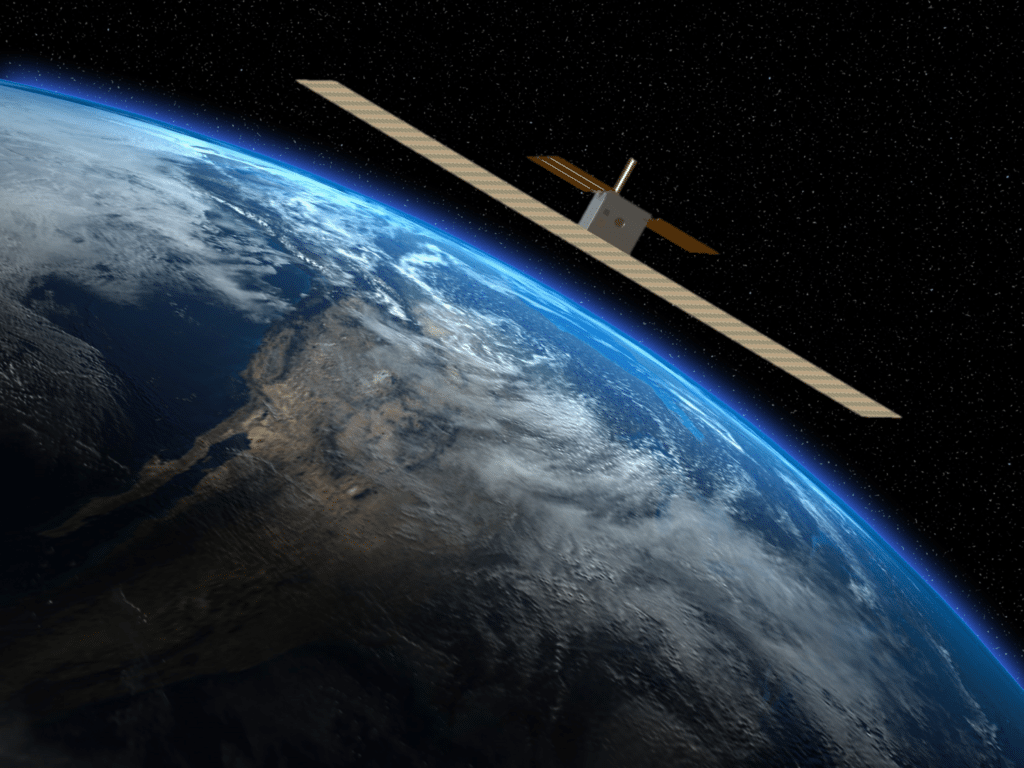Latest News

Capella Space Synthentic Aperture Radar (SAR) cubesat, artistic rendering. Photo: Capella Space
Capella Space, an information services company that provides on-demand Earth Observation (EO) imagery, is partnering with SpaceNet, a nonprofit organization dedicated to accelerating open source, Artificial Intelligence (AI) applied research for geospatial applications. Capella joins the collaborative SpaceNet partnership alongside In-Q-Tel‘s (IQT) CosmiQ Works, Maxar Technologies, Intel AI, and Amazon Web Services (AWS). Capella’s addition to the partnership presents an exciting opportunity to expand SpaceNet’s existing geospatial open source research to a new data type, Synthetic Aperture Radar (SAR). Opening access to this data aims to help broaden the use of high-quality SAR in a variety of geospatial analytic applications.
There is tremendous potential in applying machine learning to SAR data for a range of applications, from natural disaster response to monitoring global supply chain activity, but the industry still faces significant barriers to adoption. Developers and data scientists lack open data and software tools. Capella seeks to help overcome these obstacles through its partnership with SpaceNet and the development of a new SAR user community.
“SAR promises substantial value for a wide variety of geospatial applications because, unlike satellite imagery, it is not limited by weather or lighting conditions. Furthermore, SAR phase data can offer additional insights into a particular location such as land subsidence,” said Ryan Lewis, Senior Vice President at IQT and General Manager of SpaceNet. “Capella’s contribution of an open-source, high-resolution SAR data set is an important next step for SpaceNet, and we are excited to see how participants use this data for machine learning models in an upcoming challenge.”
Get the latest Via Satellite news!
Subscribe Now